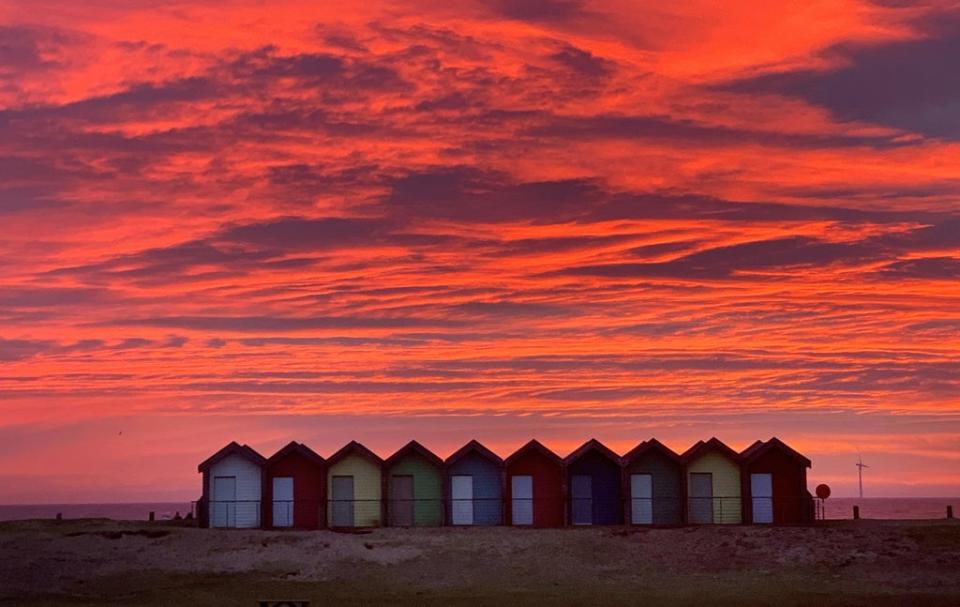UK weather forecast: Temperatures set soar to 18C on Saturday in ‘hottest day of the year so far’

Saturday is expected to be the hottest day of the year so far with temperatures set to soar to 18C in some areas, forecasters have said.
It comes after a Saharan dust cloud moving across Europe hit the UK on Wednesday, turning the skies orange and red over southern parts of the country.
Met Office meteorologist, Dan Stroud, said the dust is likely to be washed out of the air by an area of cloud and rain pushing eastwards across the West Country on Wednesday evening.
But high pressure building behind the wet weather over the course of the weekend is likely to see southern areas of England treated to a warm spring Saturday.
“We are likely to see some very pleasant spring sunshine, especially for the London and southeast area, during the course of the Saturday,” Mr Stroud said.
“We’re looking at temperatures of up to 16, 17, and perhaps even a rounded 18C could be possible.”
The Met Office said the warmest temperature it had recorded so far in 2022 was 17.2C in Pershore, Worcestershire, meaning Saturday could become the warmest day of the year yet.
Rain in England will begin to clear later on Wednesday as many regions turn cold, with patchy frost and some rural mist, the Met Office has said.
Thursday is expected to be sunnier for most of England and Wales, with some wind and showers in the southeast.

Showers, frost and fog are likely to continue hitting some parts of the UK up until Friday.
The dust cloud, which is about 2km above ground level, hit Sussex, Kent and London on Wednesday afternoon.
The overall impact is “unlikely” to be significant but people in affected areas will be able to see a “red or orange tinge” to the sky, forecasters said.
Mr Stroud, explained the colours were caused by Rayleigh scattering from additional particles in the air.
“The dust in the atmosphere causes the light to be more refracted, so you get the dominance of the red and orange tinges of the spectrum,” he said.
It comes as a plume, named Storm Celia in other countries, sweeps across Europe from the Sahara Desert, blanketing parts of southern Spain and France..

 Yahoo News
Yahoo News 